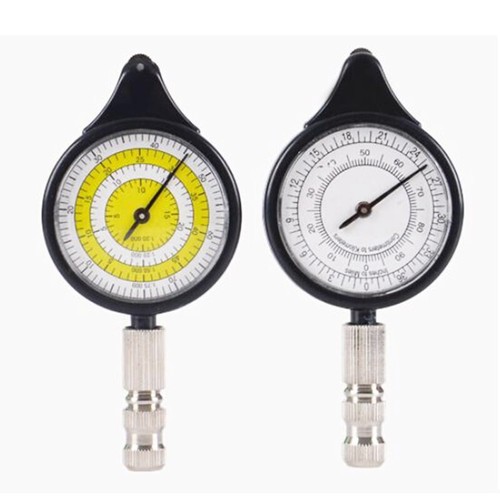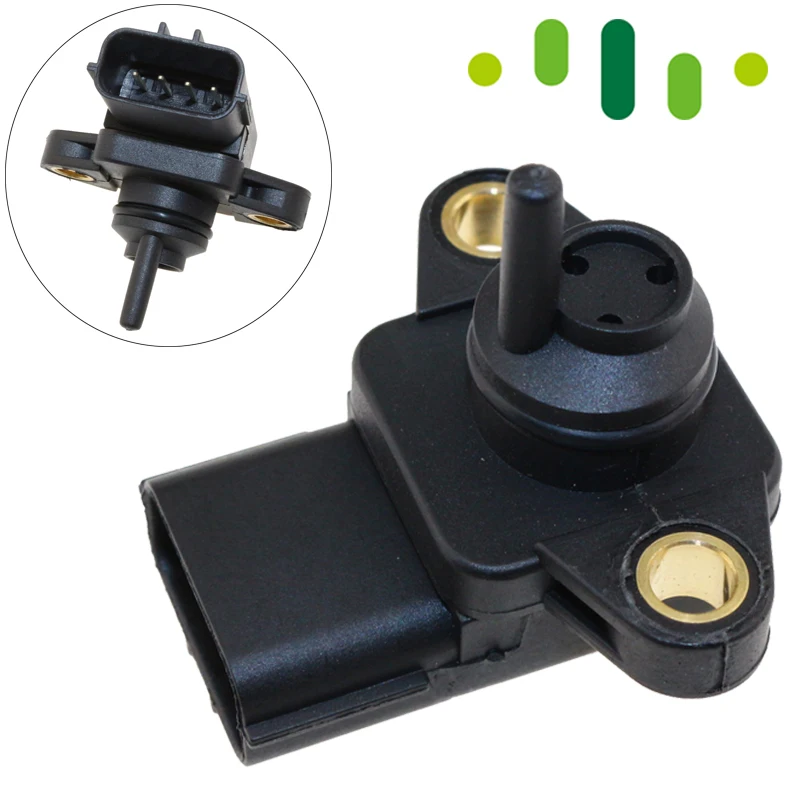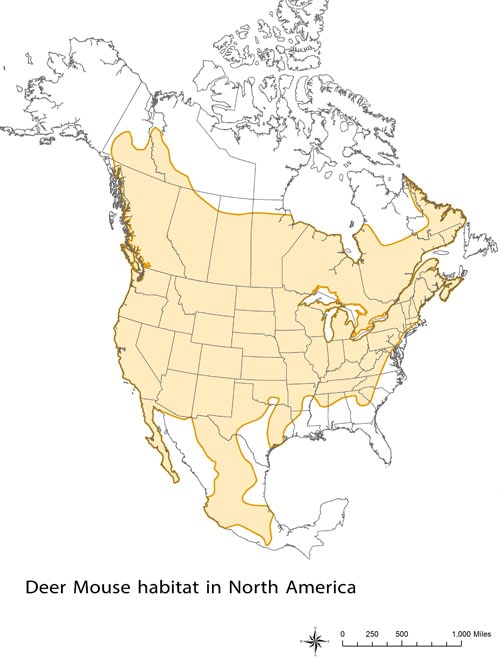

Known as a great circle when a sphere is used. Spheroid and the start and endpoints of a segment. The surface by a plane that passes through the center of the The line on a spheroid (ellipsoid) defined by the intersection at
#MOUSE DISTANCE MEASURER ON A MAP SERIES#
Great circle routes are often broken into a series of loxodromes, Instead defines the line of constant bearing, or azimuth. The shortest distance between two cities for an airplane's flightĪs a great circle line if based on a sphere rather than anĪ loxodrome is not the shortest distance between two points but One use for a geodesic line is when you want to determine The shortest line between any two points on the earth's surface on a spheroid (ellipsoid). All area measurements calculated with the measure tool are planar. This option is only available when measuring in a projected coordinate system and the 2D plane of that coordinate system will be used as the basis for the measurements. Planar measurement use 2D Cartesian mathematics to calculate lengths and areas. Measurement types available include Planar, Geodesic, Loxodrome, and Great Elliptic. The Choose Measurement Type drop-down list provides a selection of measurement types to use for distance measurement. Measurement types available with the Measure tool To learn more about Calculate Geometry, see Calculating area, length, and other geometric properties. The Calculate Geometry command, which is accessed from the table window, will calculate lengths, areas, x,y coordinates, and so on, and place the values into a field in the attribute table. If you also use Show Total, click on a series of features to see each individual measurement as well as the running total for all features. Click on a feature to see its measurements.

You can also use the Show Total tool to sum the measurements for a series of features. You can select features and return their lengths and areas. Double-click when you want to end the line or polygon, and the measurements are displayed on the Measure dialog box.Click the Measure A Line button or the Measure An Area button.Click the Measure tool on the Tools toolbar.Here are the steps to measure length and areas using map graphics: You can sketch lines and areas on the map over your display and return their measurements. Geodesic is the default when working in a geographic coordinate system. Planar is the default when working in a projected coordinate system. Choose Measurement Type -Set the measurement type for measuring line distances.Clear and Reset Results -Clear and reset the measurement results.The measurement units are set to the map units by default. Choose Units -Set the distance and area measurement units.Show Total -Keep a sum of consecutive measurements.Polygon feature measurement is unavailable if your data frame is not using a projected coordinate system. Measure A Feature -Click a feature to measure its length (line), perimeter and area (polygon or annotation), or x,y location (point features).(This is unavailable if your data frame is not using a projected coordinate system.) Measure An Area -Double-click to complete the polygon.Measure Line -Double-click to complete the line.The tools on the Measure dialog box are listed below: By default, the Measure Line tool is enabled until you choose a different option. The Measure dialog box contains tools for measuring distance and features. Measurements are displayed on the dialog box, so it is easy to copy and paste them into other applications. The Measure dialog box allows you to set different options for how you measure-including whether to measure lines, areas, or features-and to set which units are reported. You can use this tool to draw a line or polygon on the map and get its length or area, or you can click directly on a feature and get measurement information.Ĭlick the Measure tool on the Tools toolbar to open the Measure dialog box. The Measure tool lets you measure lines and areas on the map.

Measurement types available with the Measure tool.


 0 kommentar(er)
0 kommentar(er)
